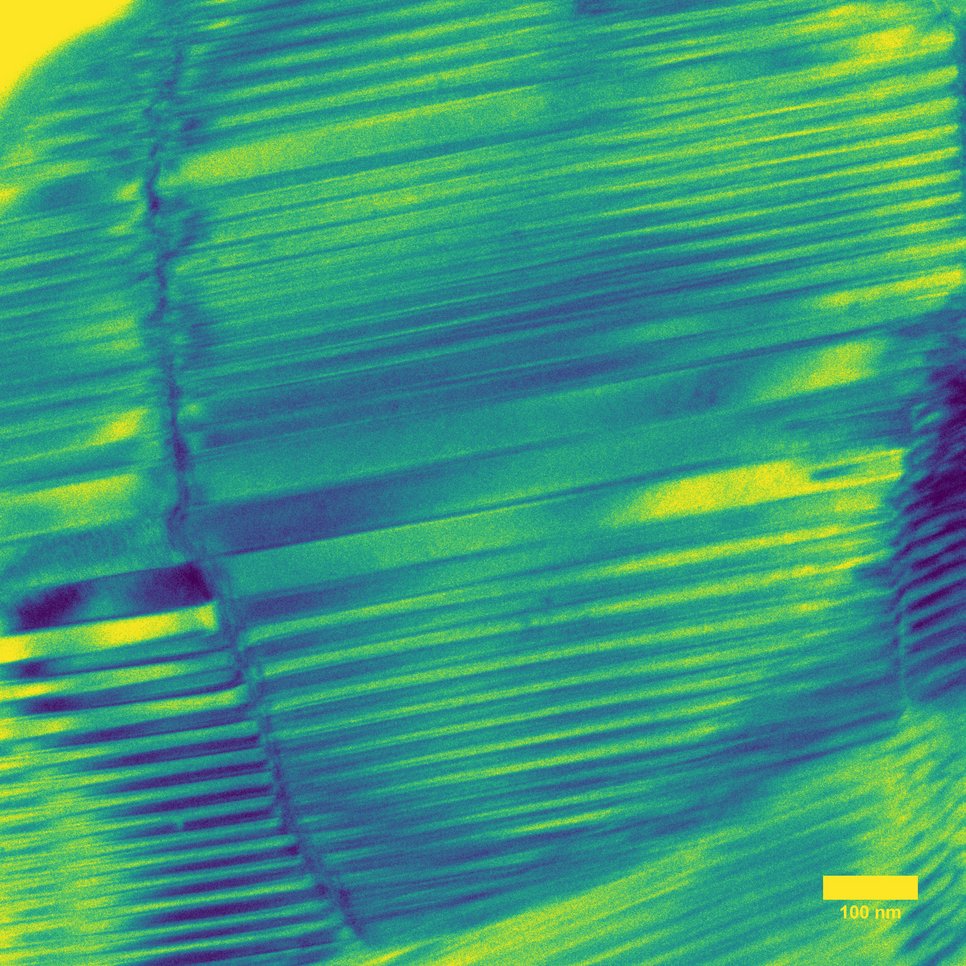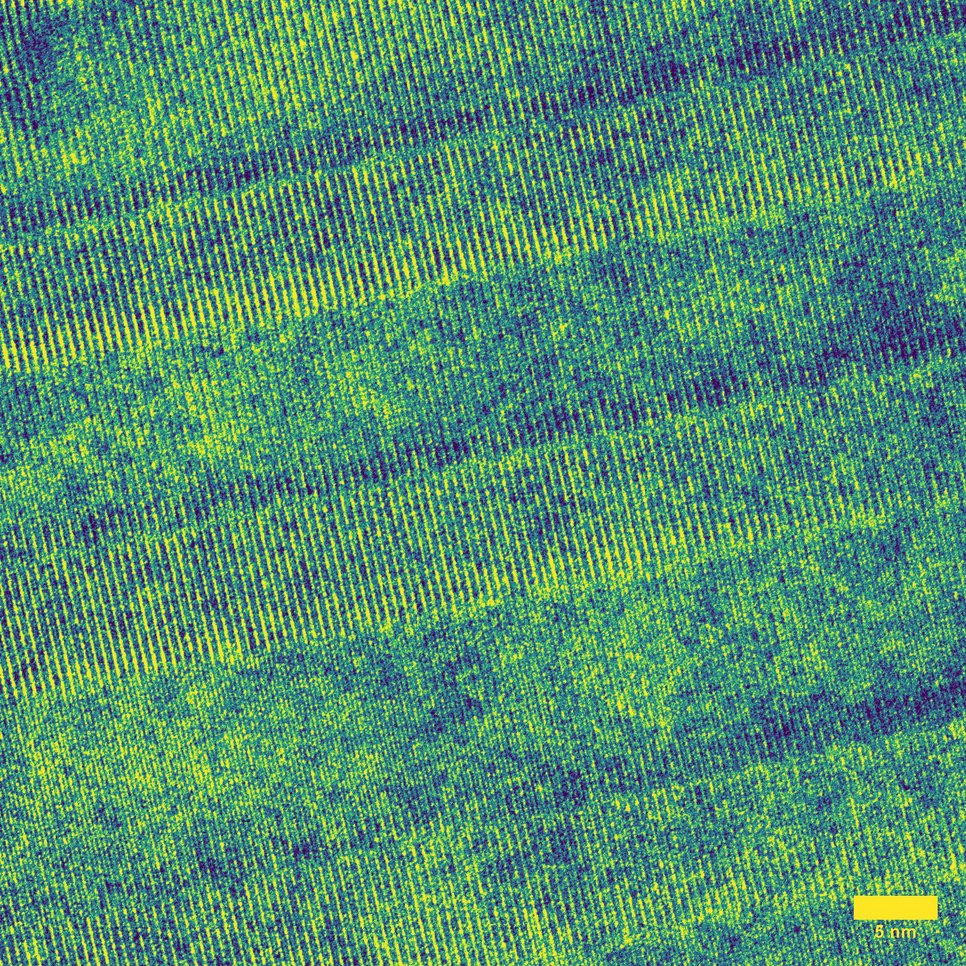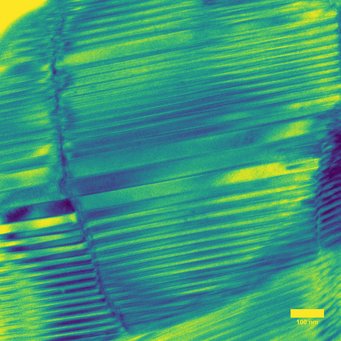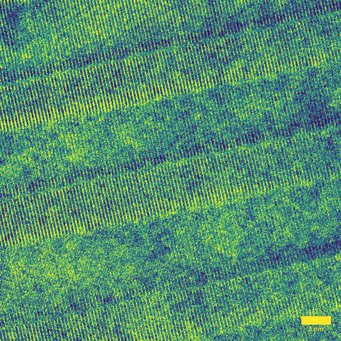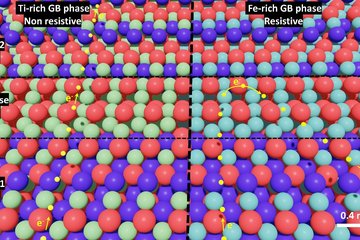
Electron microscopy of luminescent Praseodymium doped oxides
It is four decades that lanthanides doped semiconductors are used to generate light. The most interesting feature of lanthanide emission is their very sharp luminescent lines. It enables them to be used in various applications such as TV displays and solid-state lasers. This is due to 4f electrons being effectively shielded from the surrounding crystal field by the outer filled 5s and 5p shells. The 4f shell is not fully occupied which allows transitions to happen within the f orbital.
Our research is dedicated to the study of lanthanide niobates (Ln: Pr3+) and aims at acquiring the transition spectra of individual particles. All the particles are micrometer-sized and were synthesized by our collaborative partners at the Max-Planck Institute for Solid State Research, Stuttgart. Investigation of the crystal structure, defects and composition of the particles is mainly done with (scanning) transmission electron microscopy ((S)TEM) and energy-dispersive X-ray spectroscopy. The optical properties are probed by cathodoluminescence experiments performed in a scanning electron microscope.
A recent study on PrNbO4 and Pr3+:Ca2Nb2O7 particles showed that their differences in the crystal structure (monoclinic vs cubic) and composition (different Pr to Nb ratio) lead to emission lines with different widths. Brighter emission lines were observed for PrNbO4, that is, for particles with higher Pr content [1].
High resolution (S)TEM images of PrNbO4 revealed the presence of defects such as twin boundaries (Figure 1 and 2). The effect of the twin density on the optical properties of PrNbO4 is currently studied.
Our goal is to understand the nature of the twins and the effect of twin density on the emission lines. This enables us to provide strategies to enhance luminescence for application.
